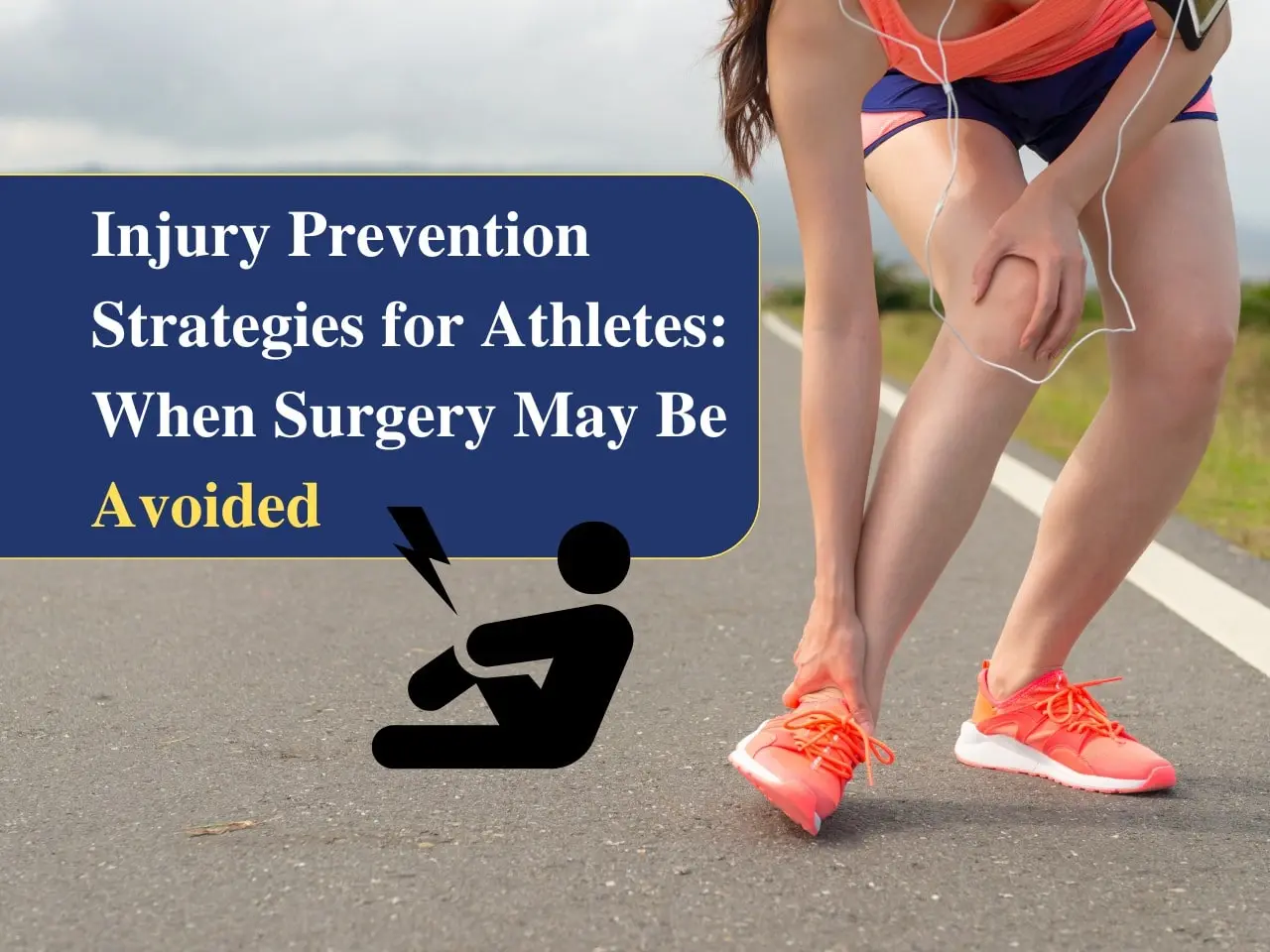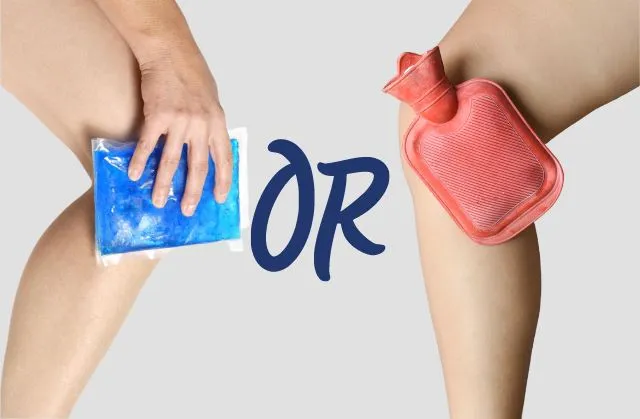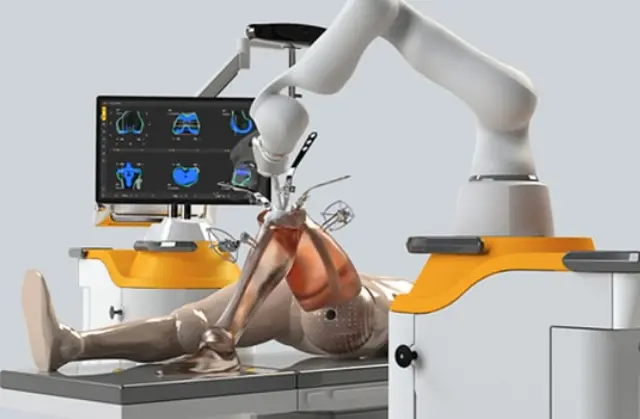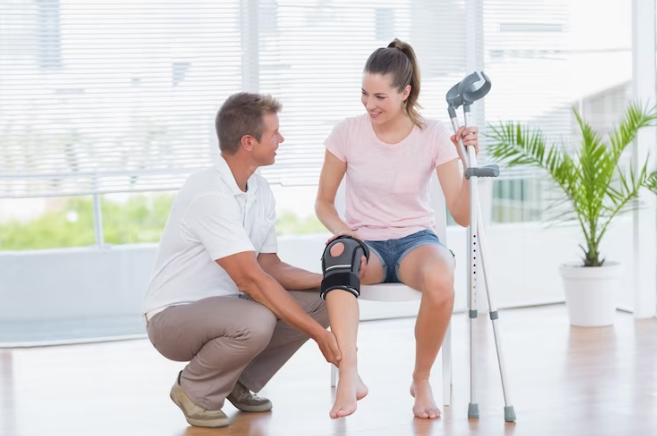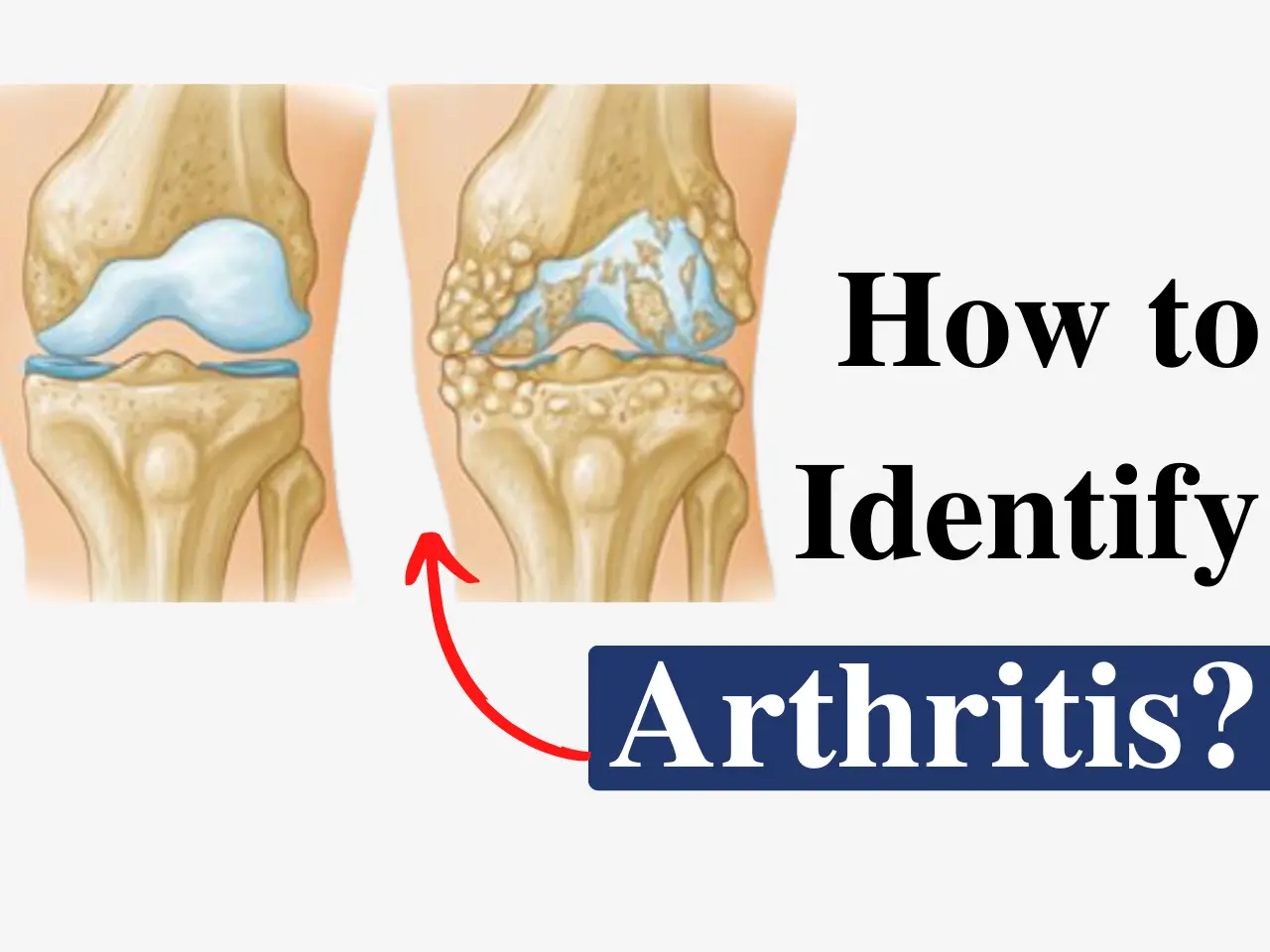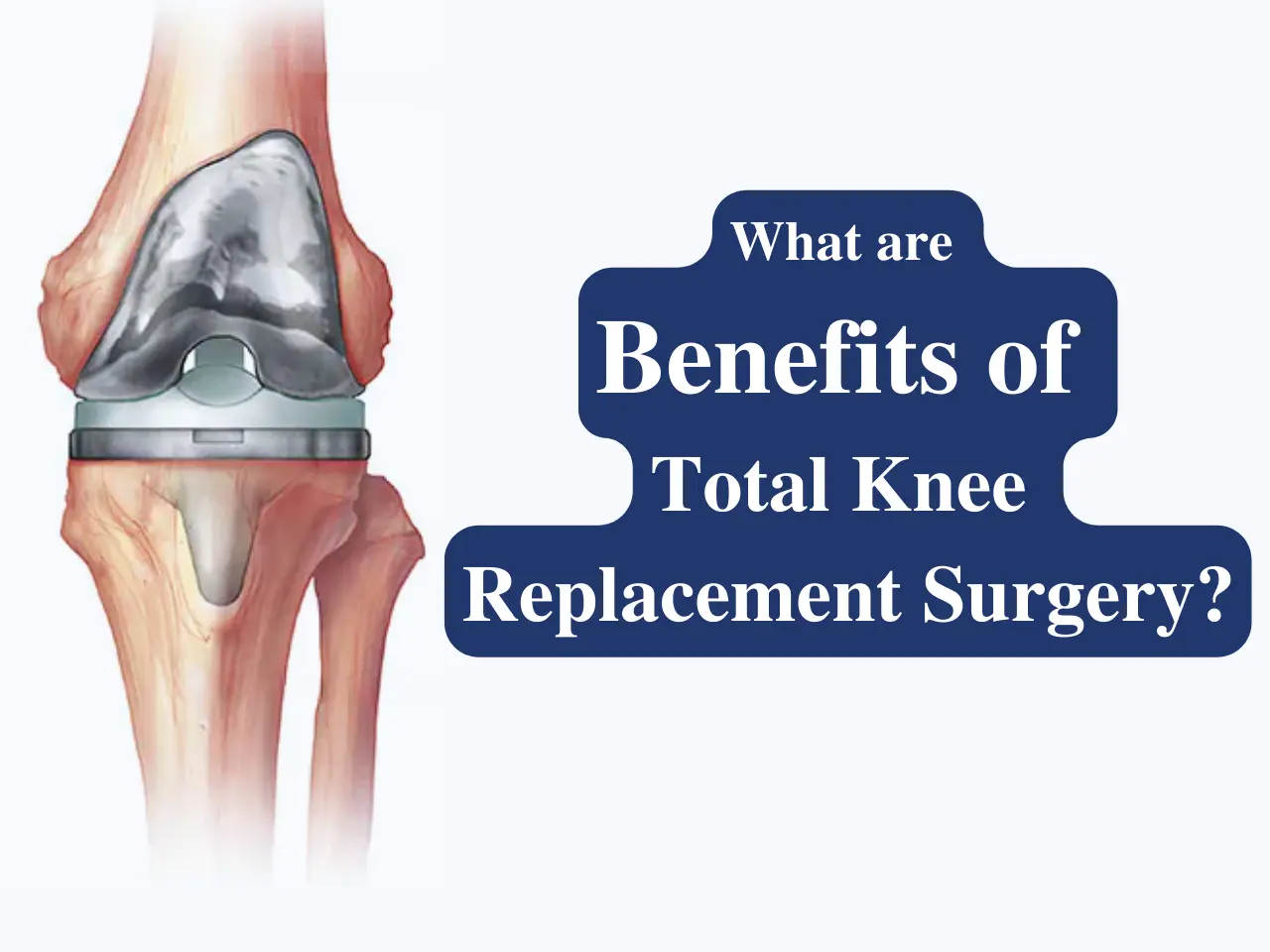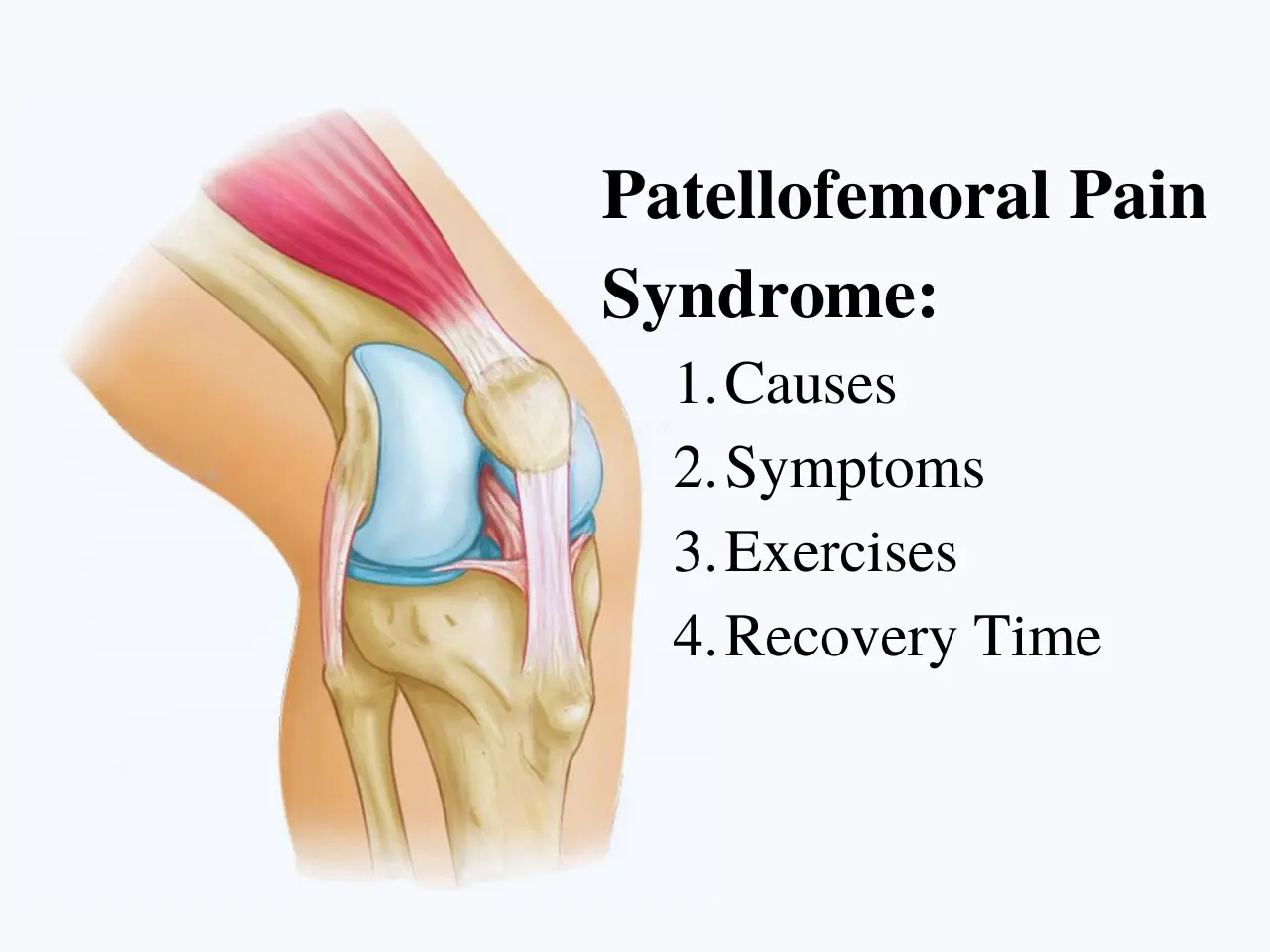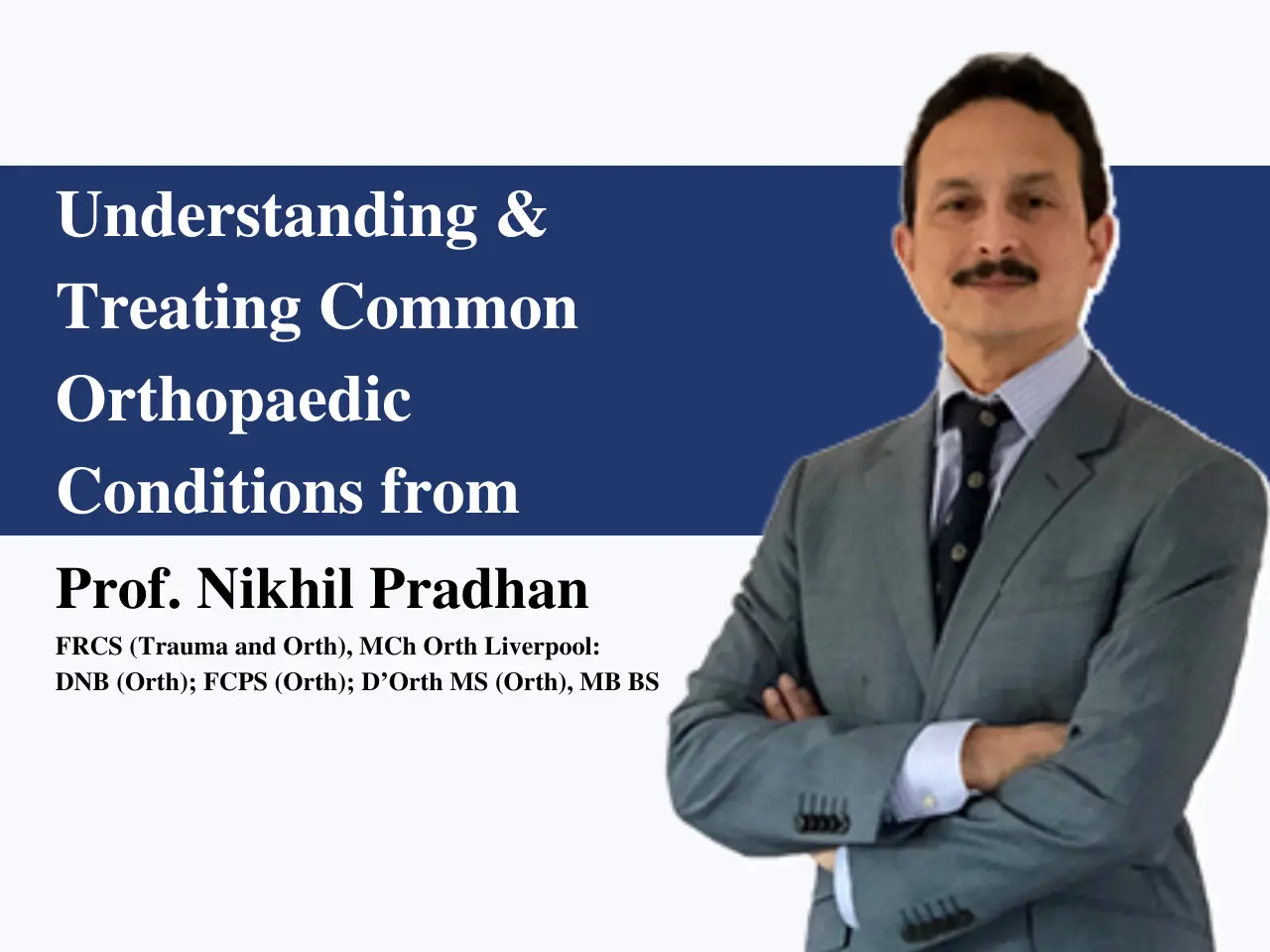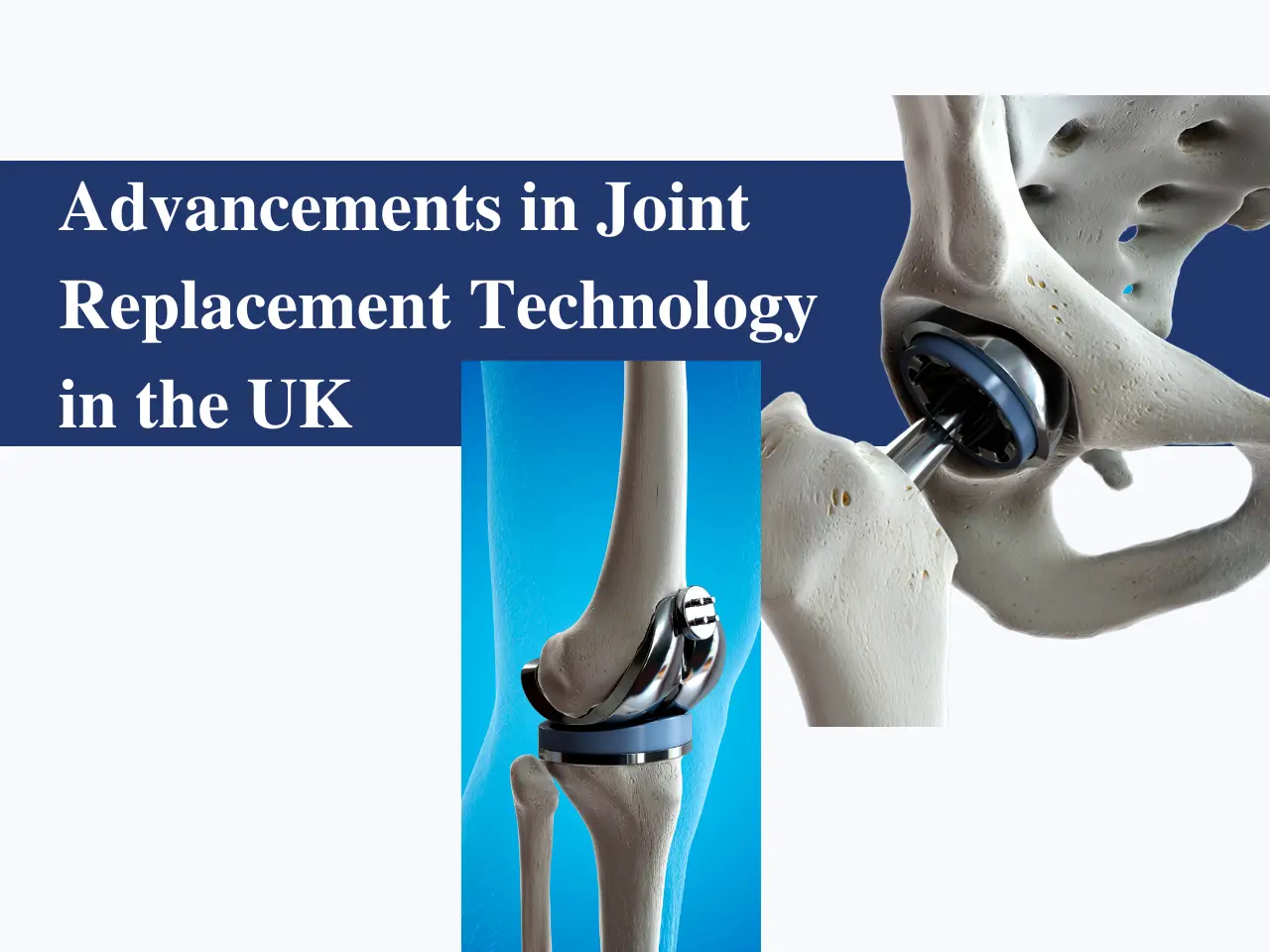Injury Prevention Strategies for Athletes: When Surgery May Be Avoided
In the competitive world of sports, preventing injuries is critical not only for an athlete’s longevity but also for ensuring peak performance. Athletes at all levels—whether amateur, professional, or somewhere in between—must prioritize injury prevention to avoid long-term health complications, surgeries, and time off from their sport.
This blog delves into essential injury prevention strategies in sports and explains when surgery might be avoided through effective preventive measures. As a leading expert in sports injuries treatment in Cheshire, U.K., Mr. Nikhil Pradhan offers insights and advice for athletes looking to stay injury-free.
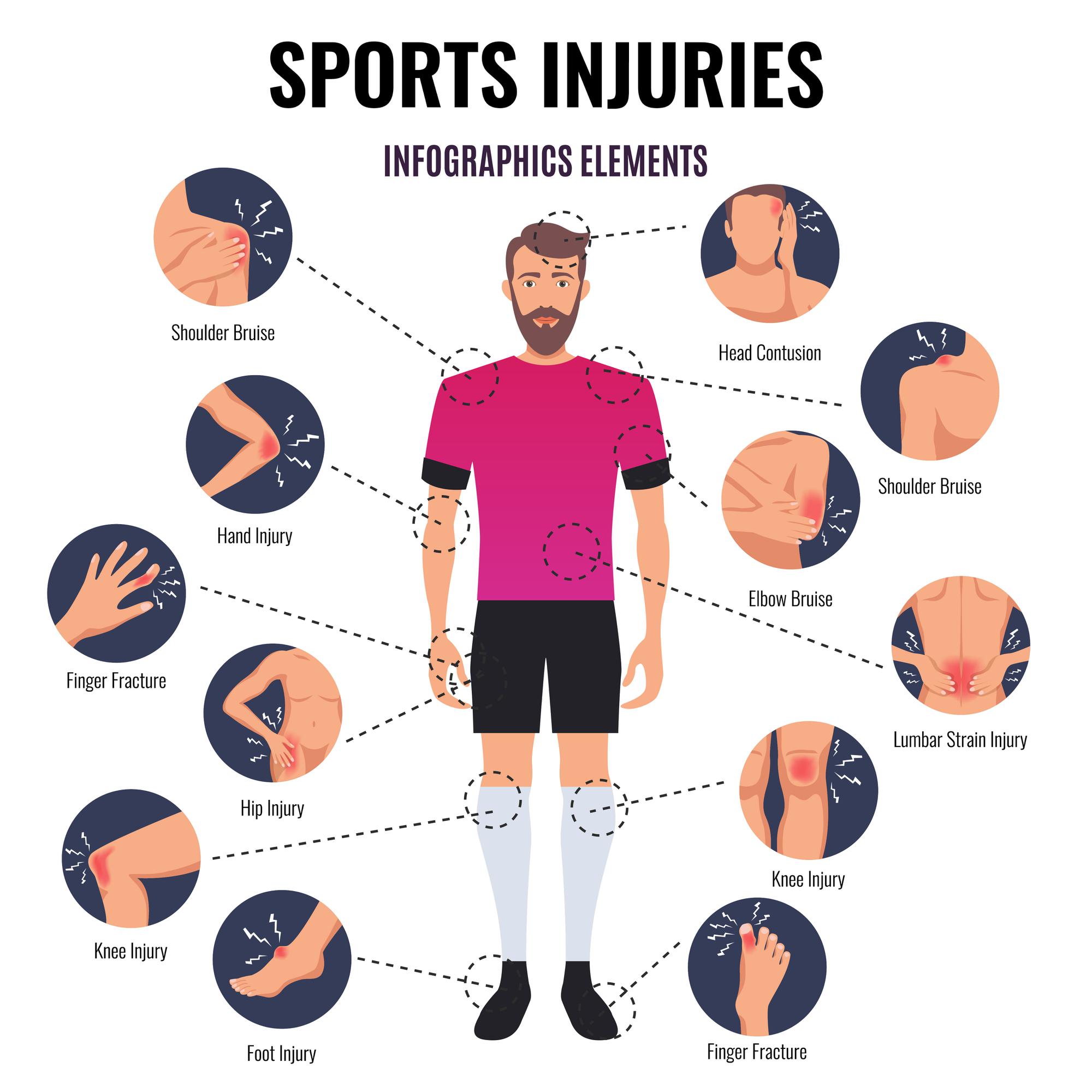
Importance of Injury Prevention in Sports
Injury prevention is not just about minimizing downtime; it’s a proactive approach that ensures athletes can sustain high levels of performance for longer periods.
Sports injuries are common across various sports, including sprains, strains, tears, and fractures.
However, many of these injuries can be prevented with proper care and training.
The significance of injury prevention strategies in sports is far-reaching—reducing the likelihood of surgery, increasing overall health, and maintaining peak fitness.
When athletes invest in prevention, they avoid costly treatments and extensive recovery times that could otherwise disrupt their careers.
In cases where injuries occur, non-invasive treatment methods available at a sports injuries clinic in Cheshire are often the first step before considering surgery.
Key Injury Prevention Strategies for Athletes
Warm-Up and Cool-Down Routines
A critical element in injury prevention is the preparation of muscles and joints through proper warm-up and cool-down routines. A dynamic warm-up increases flexibility, improves circulation, and primes muscles for the demands of physical activity. Athletes who skip or rush their warm-up are more prone to muscle strains and joint injuries.
After a workout or competition, cooling down is equally important. It helps reduce muscle stiffness, promotes flexibility, and prevents post-exercise soreness. Incorporating simple stretches and light exercises into your cool-down routine ensures better recovery and a reduced chance of injury.
Strength and Conditioning Programs
Strength training is essential in building muscle groups that support the joints and absorb the impacts that come with athletic movements. Customized strength and conditioning programs focusing on key muscle groups, particularly those that are more prone to injury, can significantly reduce injury risks.
For instance, runners often emphasize leg strength, while swimmers focus on shoulder and core stability. Additionally, exercises that improve flexibility and mobility are just as crucial in preventing injuries from sudden movements or impacts.
Proper Technique and Form
Using the correct form and technique is paramount in reducing the risk of sports injuries. Poor form in repetitive movements, such as running, swimming, or weightlifting, can lead to overuse injuries. Ensuring that athletes maintain proper technique throughout their training can prevent strain on muscles and joints.
Regular assessments by coaches or physiotherapists help athletes stay on track and correct any form deviations that might lead to injury. The guidance of professionals at a sports injuries clinic in Cheshire can be invaluable in helping athletes avoid these types of injuries.
Rest and Recovery
Overtraining is one of the leading causes of sports injuries, and proper rest and recovery are just as vital as training. Scheduled rest days and active recovery sessions help the body heal and rebuild after intense workouts. Athletes should also prioritize getting enough sleep and following a balanced nutrition plan that supports their energy and recovery needs.
Ignoring signs of fatigue or pushing through pain increases the likelihood of injuries that can sideline athletes for extended periods.
Ensuring ample recovery time between high-intensity sessions can significantly lower the risk of both acute and overuse injuries.
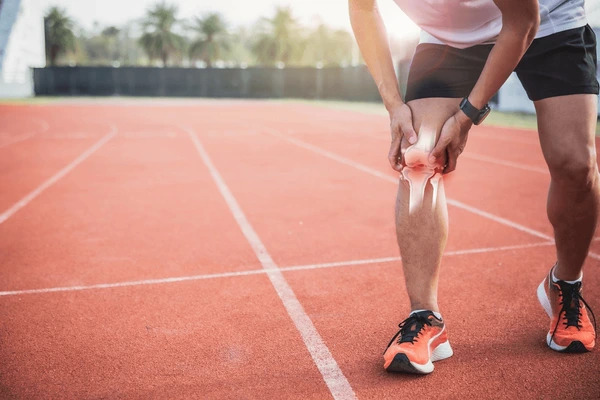
Injury Prevention Programs for Athletes
Tailored injury prevention programs for athletes are designed to address the specific demands of different sports.
These programs combine strength training, conditioning, flexibility exercises, and technique corrections into a comprehensive plan that reduces the risk of injuries.
For example, a football player’s injury prevention program may focus on knee stability and ankle strength, while a swimmer might focus on shoulder flexibility and endurance.
These individualized programs are a proactive way to stay ahead of potential injuries and keep athletes in optimal condition.
At Mr. Nikhil Pradhan’s sports injuries clinic in Cheshire, athletes can access these programs to maximize their injury prevention efforts.
Identifying Early Warning Signs of Injury
Many injuries give off warning signs before they fully develop, such as persistent soreness, unusual pain, or reduced mobility in a specific area. Athletes should be vigilant about these signs and address them early to avoid more serious complications.
Ignoring early symptoms often leads to worsening conditions that require more intensive treatments. Seeking help from experts at a sports injuries clinic in Cheshire can help athletes understand and manage these early warning signs before they progress to serious injuries.
When Surgery May Be Avoided
Non-Surgical Treatment Options
Not all injuries require surgery. In fact, many injuries can be treated non-invasively, especially when caught early. Options such as physiotherapy, chiropractic care, and the use of bracing or orthotics can help athletes recover without surgery.
These methods focus on strengthening the affected area, improving range of motion, and allowing the body to heal naturally.
Non-surgical interventions also include pain management techniques, such as dry needling or ultrasound therapy, which promote faster recovery.
For athletes in Cheshire, Mr. Nikhil Pradhan provides comprehensive sports injuries treatment that prioritizes non-surgical options whenever possible.
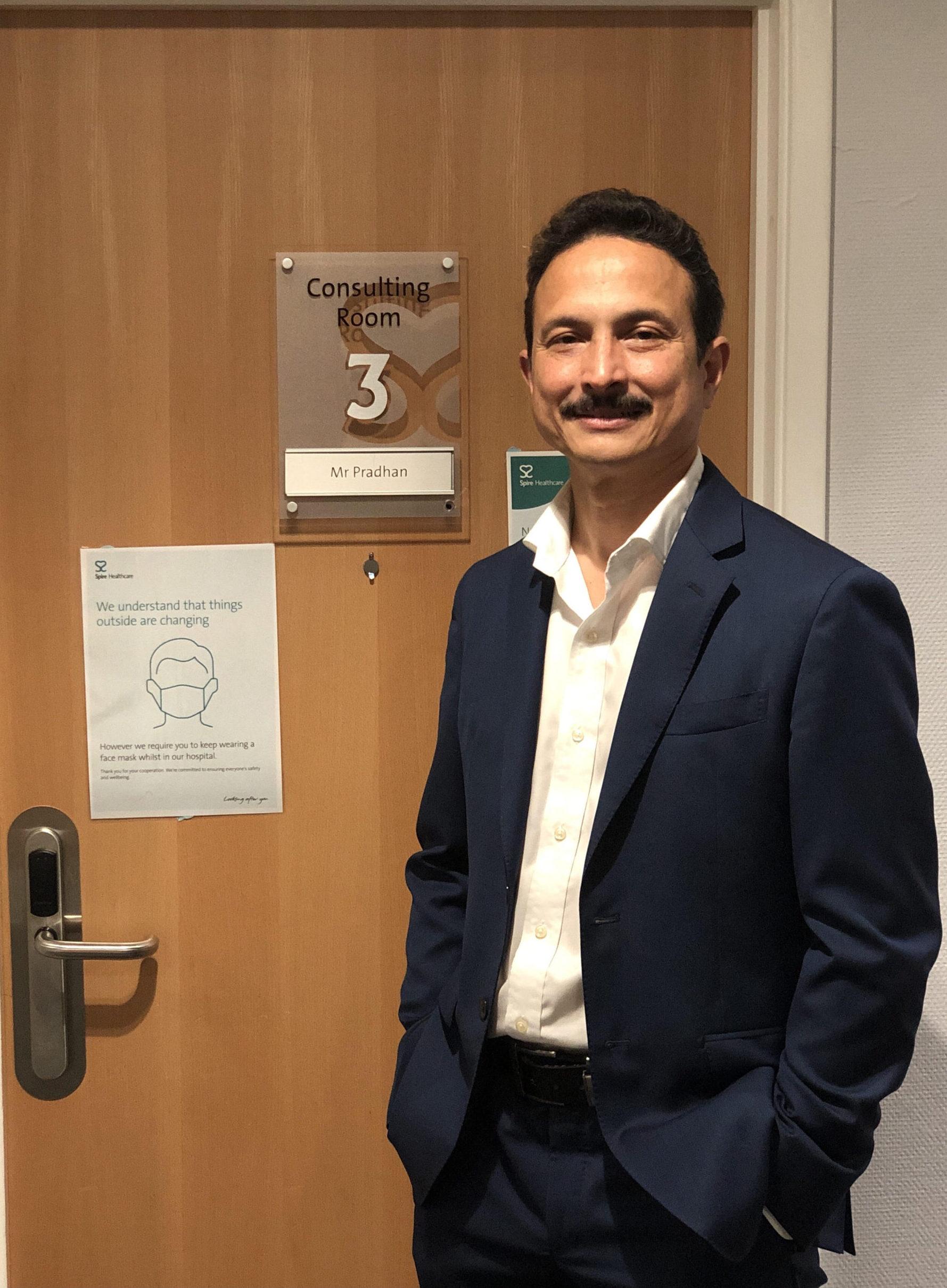
The Role of Sports Injury Surgeons
A sports injury surgeon in Cheshire, like Mr. Nikhil Pradhan, plays a crucial role in determining whether surgery is necessary.
Surgeons are often consulted after other treatment methods have failed or when the injury is severe, such as in cases of torn ligaments or fractures.
However, with early intervention and proper care, many athletes can avoid surgery. The key is addressing the injury promptly and following through with the prescribed rehabilitation plan.
By doing so, athletes can avoid the risks and long recovery times associated with surgical procedures.
Benefits of Preventing Sports Injuries
Improved Performance
Athletes who remain injury-free are more likely to perform at their best. Consistent training and competition, without the interruption of injury, allow athletes to reach their peak potential.
In contrast, those sidelined by frequent injuries face challenges in maintaining fitness and confidence, ultimately affecting their performance.
Cost-Effectiveness
Investing in injury prevention strategies in sports saves money in the long term by reducing the need for expensive surgeries, rehabilitation, and time off work. A proactive approach not only benefits an athlete’s health but also prevents costly medical bills down the line.
Conclusion
Injury prevention is a vital component of any athlete’s training regimen. By incorporating the right strategies, such as warm-ups, strength training, and proper recovery, athletes can avoid the need for surgery and maintain their competitive edge.
Mr. Nikhil Pradhan’s sports injuries clinic in Cheshire offers expert guidance and injury prevention programs tailored to each athlete’s needs, ensuring a long and successful sporting career.
Schedule an appointment
If you are an athlete looking to enhance your performance and prevent injuries, consult with Mr. Nikhil Pradhan for personalized injury prevention programs.
Contact us today to schedule an appointment at our sports injuries clinic in Cheshire and learn more about how to stay injury-free and avoid surgery.

